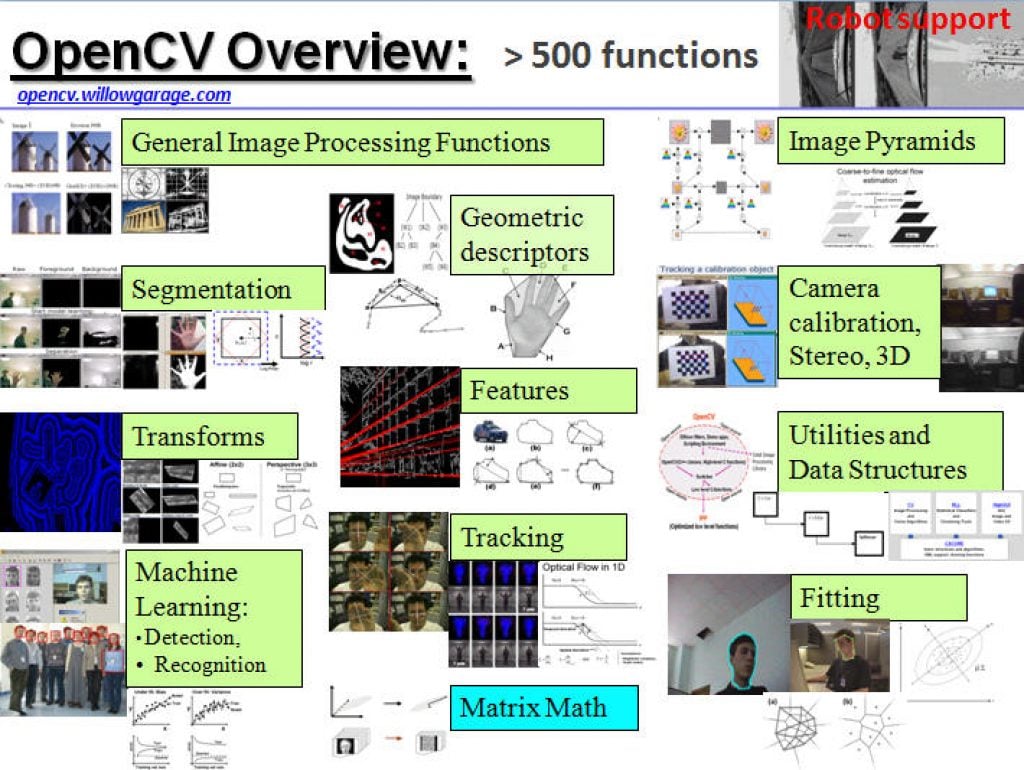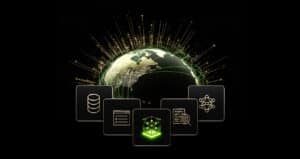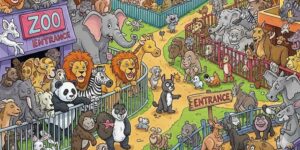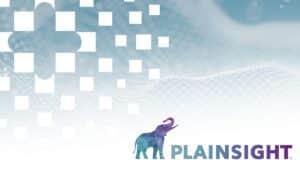Vision Algorithms for Embedded Vision
Most computer vision algorithms were developed on general-purpose computer systems with software written in a high-level language
Most computer vision algorithms were developed on general-purpose computer systems with software written in a high-level language. Some of the pixel-processing operations (ex: spatial filtering) have changed very little in the decades since they were first implemented on mainframes. With today’s broader embedded vision implementations, existing high-level algorithms may not fit within the system constraints, requiring new innovation to achieve the desired results.
Some of this innovation may involve replacing a general-purpose algorithm with a hardware-optimized equivalent. With such a broad range of processors for embedded vision, algorithm analysis will likely focus on ways to maximize pixel-level processing within system constraints.
This section refers to both general-purpose operations (ex: edge detection) and hardware-optimized versions (ex: parallel adaptive filtering in an FPGA). Many sources exist for general-purpose algorithms. The Embedded Vision Alliance is one of the best industry resources for learning about algorithms that map to specific hardware, since Alliance Members will share this information directly with the vision community.
General-purpose computer vision algorithms

One of the most-popular sources of computer vision algorithms is the OpenCV Library. OpenCV is open-source and currently written in C, with a C++ version under development. For more information, see the Alliance’s interview with OpenCV Foundation President and CEO Gary Bradski, along with other OpenCV-related materials on the Alliance website.
Hardware-optimized computer vision algorithms
Several programmable device vendors have created optimized versions of off-the-shelf computer vision libraries. NVIDIA works closely with the OpenCV community, for example, and has created algorithms that are accelerated by GPGPUs. MathWorks provides MATLAB functions/objects and Simulink blocks for many computer vision algorithms within its Vision System Toolbox, while also allowing vendors to create their own libraries of functions that are optimized for a specific programmable architecture. National Instruments offers its LabView Vision module library. And Xilinx is another example of a vendor with an optimized computer vision library that it provides to customers as Plug and Play IP cores for creating hardware-accelerated vision algorithms in an FPGA.
Other vision libraries
- Halcon
- Matrox Imaging Library (MIL)
- Cognex VisionPro
- VXL
- CImg
- Filters

Google releases FunctionGemma: lightweight function-calling model aimed at on-device agents
Google has released FunctionGemma, a specialized Gemma 3 270M model fine-tuned for function calling—turning natural-language commands into structured API/tool calls for local agents. Why this matters for edge AI engineers Local-first “action agents”: FunctionGemma is positioned as an on-device “action” model (or a lightweight controller that can route complex requests to larger models like Gemma

97% Smaller, Just as Smart: Scaling Down Networks with Structured Pruning
This article was originally published at Analog Devices’ website. It is reprinted here with the permission of Analog Devices. Why Smaller Models Matter Shrinking AI models isn’t just a nice-to-have—it’s a necessity for bringing powerful, real-time intelligence to edge devices. Whether it’s smartphones, wearables, or embedded systems, these platforms operate with strict memory, compute, and

AI On: 3 Ways to Bring Agentic AI to Computer Vision Applications
This blog post was originally published at NVIDIA’s website. It is reprinted here with the permission of NVIDIA. Learn how to integrate vision language models into video analytics applications, from AI-powered search to fully automated video analysis. Today’s computer vision systems excel at identifying what happens in physical spaces and processes, but lack the abilities to explain the

NVIDIA Debuts Nemotron 3 Family of Open Models
News Summary: The Nemotron 3 family of open models — in Nano, Super and Ultra sizes — introduces the most efficient family of open models with leading accuracy for building agentic AI applications. Nemotron 3 Nano delivers 4x higher throughput than Nemotron 2 Nano and delivers the most tokens per second for multi-agent systems at scale through a

Arm at NeurIPS 2025: How AI research is shaping the future of intelligent computing
This blog post was originally published at Arm’s website. It is reprinted here with the permission of Arm. NeurIPS 2025 provided Arm with a unique opportunity to share the latest technical trends and insights with the global AI research community. NeurIPS is one of the world’s leading AI research conferences, acting as a thriving global hub for

Low-Light Image Enhancement: YUV vs RAW – What’s the Difference?
This blog post was originally published at Visidon’s website. It is reprinted here with the permission of Visidon. In the world of embedded vision—whether for mobile phones, surveillance systems, or smart edge devices—image quality in low-light conditions can make or break user experience. That’s where advanced AI-based denoising algorithms come into play. At our company, we

NVIDIA-Accelerated Mistral 3 Open Models Deliver Efficiency, Accuracy at Any Scale
This blog post was originally published at NVIDIA’s website. It is reprinted here with the permission of NVIDIA. The new Mistral 3 open model family delivers industry-leading accuracy, efficiency, and customization capabilities for developers and enterprises. Optimized from NVIDIA GB200 NVL72 to edge platforms, Mistral 3 includes: One large state-of-the-art sparse multimodal and multilingual mixture of

NVIDIA Advances Open Model Development for Digital and Physical AI
This blog post was originally published at NVIDIA’s website. It is reprinted here with the permission of NVIDIA. NVIDIA releases new AI tools for speech, safety and autonomous driving — including NVIDIA DRIVE Alpamayo-R1, the world’s first open industry-scale reasoning vision language action model for mobility — and a new independent benchmark recognizes the openness and

Let’s Visit the Zoo
This blog post was originally published at Quadric’s website. It is reprinted here with the permission of Quadric. The term “model zoo” first gained prominence in the world of AI / machine learning beginning in the 2016-2017 timeframe. Originally used to describe open-source public repositories of working AI models – the most prominent of which today

Small Models, Big Heat — Conquering Korean ASR with Low-bit Whisper
This blog post was originally published at ENERZAi’ website. It is reprinted here with the permission of ENERZAi. Today, we’ll share results where we re-trained the original Whisper for optimal Korean ASR(Automatic Speech Recognition), applied Post-Training Quantization (PTQ), and provided a richer Pareto analysis so customers with different constraints and requirements can pick exactly what

STMicroelectronics introduces the industry’s largest MCU model zoo to accelerate Physical AI time to market
Nov 18, 2025 Geneva, Switzerland —>STMicroelectronics (NYSE: STM), a global semiconductor leader serving customers across the spectrum of electronics applications, has unveiled new models and enhanced project support for its STM32 AI Model Zoo to accelerate the prototyping and development of embedded AI applications. This marks a significant expansion for what is already the industry’s largest library

SAM3: A New Era for Open‑Vocabulary Segmentation and Edge AI
Quality training data – especially segmented visual data – is a cornerstone of building robust vision models. Meta’s recently announced Segment Anything Model 3 (SAM3) arrives as a potential game-changer in this domain. SAM3 is a unified model that can detect, segment, and even track objects in images and videos using both text and visual

Smarter Smartphone Photography: Unlocking the Power of Neural Camera Denoising with Arm SME2
This blog post was originally published at Arm’s website. It is reprinted here with the permission of Arm. Discover how SME2 brings flexible, high-performance AI denoising to mobile photography for sharper, cleaner low-light images. Every smartphone photographer has seen it. Images that look sharp in daylight but fall apart in dim lighting. This happens because

The Need for Continuous Training in Computer Vision Models
This blog post was originally published at Plainsight Technologies’ website. It is reprinted here with the permission of Plainsight Technologies. A computer vision model that works under one lighting condition, store layout, or camera angle can quickly fail as conditions change. In the real world, nothing is constant, seasons change, lighting shifts, new objects appear and

Bringing Edge AI Performance to PyTorch Developers with ExecuTorch 1.0
This blog post was originally published at Qualcomm’s website. It is reprinted here with the permission of Qualcomm. ExecuTorch 1.0, an open source solution to training and inference on the Edge, becomes available to all developers Qualcomm Technologies contributed the ExecuTorch repository for developers to access Qualcomm® Hexagon™ NPU directly This streamlines the developer workflow

NVIDIA Contributes to Open Frameworks for Next-generation Robotics Development
This blog post was originally published at NVIDIA’s website. It is reprinted here with the permission of NVIDIA. At the ROSCon robotics conference, NVIDIA announced contributions to the ROS 2 robotics framework and the Open Source Robotics Alliance’s new Physical AI Special Interest Group, as well as the latest release of NVIDIA Isaac ROS. This

